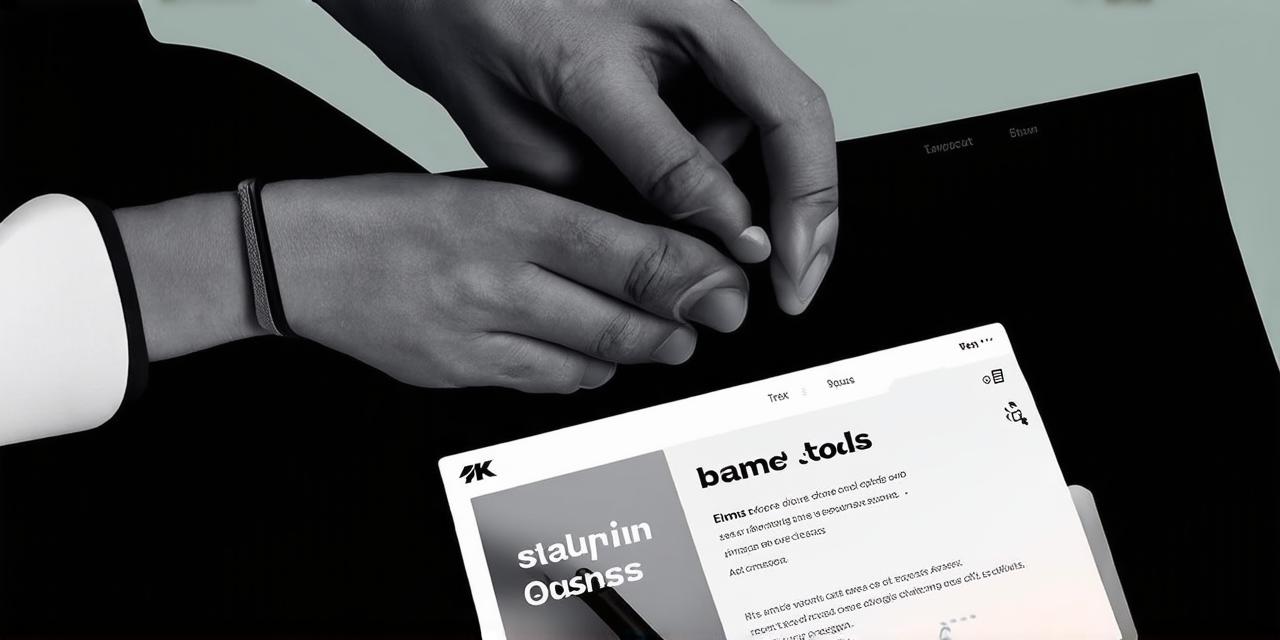How do web designers utilize Figma in their design process?
BlogIn today’s fast-paced digital age, web designers play a crucial role in creating visually appealing and user-friendly websites that enhance the online presence of businesses and organizations. To achieve this goal, they use various tools and software to streamline their design process and ensure consistency across different platforms. One such tool is Figma, an intuitive cloud-based platform that enables designers to collaborate with developers, stakeholders, and team members in real-time. In this comprehensive guide, we will delve into how web designers utilize Figma in their design process, its features, benefits, and case studies.
What is Figma?
Figma is a cloud-based design tool that enables designers to create and collaborate on user interface (UI) designs for websites, mobile applications, and other digital products. It was founded in 2016 by Dylan Field, a former product designer at Google, and is now used by more than 3 million users worldwide. Figma offers several features that make it an ideal choice for web designers, including:
Real-time collaboration
Figma allows multiple team members to work on the same design project simultaneously, regardless of their location. This feature enables designers to collaborate with developers, stakeholders, and other team members in real-time, reducing the time and effort required to complete projects.
Interactive prototypes
Figma enables designers to create interactive prototypes that simulate user interactions and provide feedback on design decisions. This feature helps designers to test and refine their designs before launching them, ensuring a seamless user experience.
Design systems
Figma offers design system templates that enable designers to create consistent UI components across different projects. This feature saves time and ensures that the final product is visually appealing and meets the brand’s guidelines.
Integrations
Figma integrates with various tools and platforms, enabling designers to work seamlessly with their existing workflows. This feature enhances productivity and efficiency by reducing the time required to switch between different software applications.
How Web Designers Utilize Figma in Their Design Process
Figma offers several features that make it an ideal choice for web designers, including real-time collaboration, interactive prototypes, design systems, and integrations. In this section, we will delve into how web designers utilize these features to streamline their design process.
Real-time collaboration
Figma’s real-time collaboration feature enables designers to work with developers, stakeholders, and team members in real-time, regardless of their location. This feature reduces the time and effort required to complete projects by enabling designers to provide feedback and make changes on the fly.
Interactive prototypes
Figma enables designers to create interactive prototypes that simulate user interactions and provide feedback on design decisions. This feature helps designers to test and refine their designs before launching them, ensuring a seamless user experience.
Design systems
Figma offers design system templates that enable designers to create consistent UI components across different projects. This feature saves time and ensures that the final product is visually appealing and meets the brand’s guidelines.
Integrations
Figma integrates with various tools and platforms, enabling designers to work seamlessly with their existing workflows. This feature enhances productivity and efficiency by reducing the time required to switch between different software applications.
Benefits of Using Figma in Web Design
Figma offers several benefits that make it an ideal choice for web designers, including:
Real-time collaboration
Figma’s real-time collaboration feature enables designers to work with developers, stakeholders, and team members in real-time, reducing the time and effort required to complete projects. This feature enhances communication and ensures that everyone is on the same page.
Interactive prototypes
Figma enables designers to create interactive prototypes that simulate user interactions and provide feedback on design decisions. This feature helps designers to test and refine their designs before launching them, ensuring a seamless user experience.
Design systems
Figma offers design system templates that enable designers to create consistent UI components across different projects. This feature saves time and ensures that the final product is visually appealing and meets the brand’s guidelines.
Integrations
Figma integrates with various tools and platforms, enabling designers to work seamlessly with their existing workflows. This feature enhances productivity and efficiency by reducing the time required to switch between different software applications.
Case Studies: How Figma Enhanced Web Design Projects
Several companies have utilized Figma in their web design projects, achieving impressive results. In this section, we will explore some of these case studies to illustrate how Figma enhanced their design process.
Dropbox
Dropbox, a leading cloud storage and file synchronization service, used Figma to redesign its website’s homepage. The company’s web designers utilized Figma’s real-time collaboration feature to work with developers and stakeholders in real-time, reducing the time required to complete the project. Additionally, the team used Figma’s interactive prototyping feature to test and refine their designs before launching them, ensuring a seamless user experience. The new website design was well received by users and achieved a 20% increase in conversions.
Airbnb
Airbnb, an online marketplace for vacation rentals, used Figma to create a redesigned version of its mobile app
